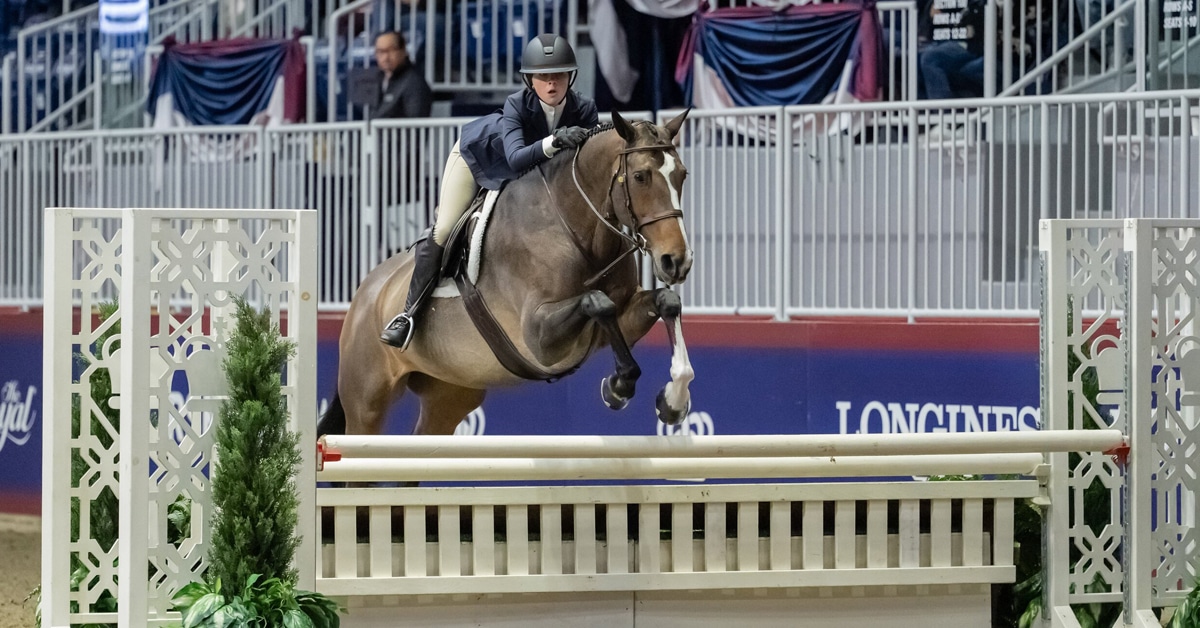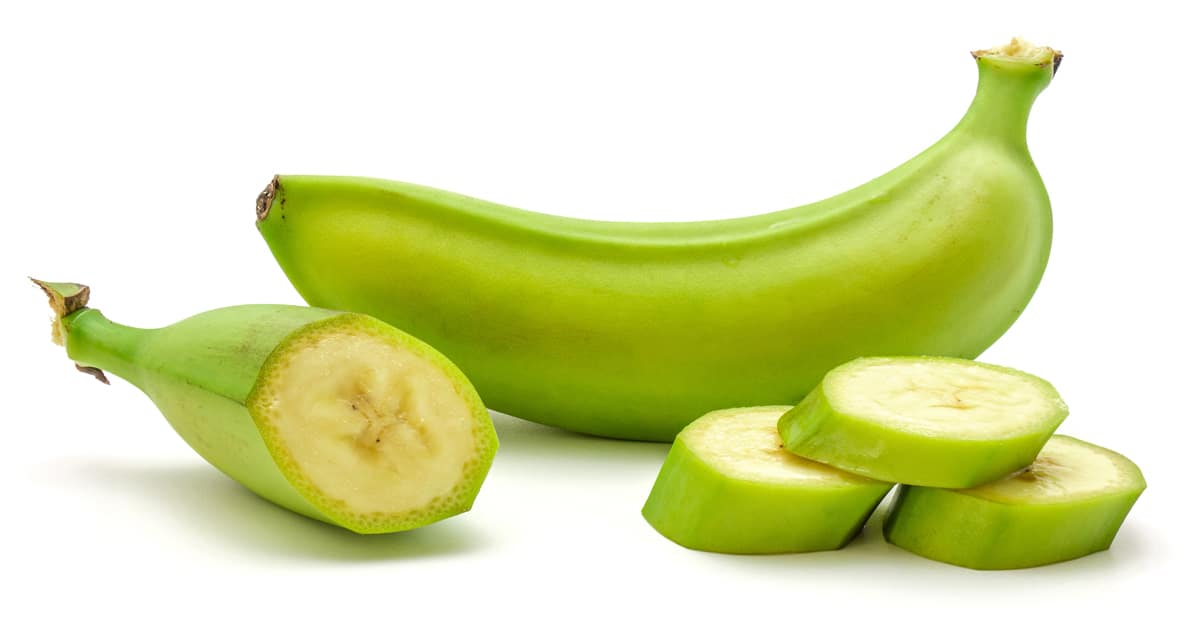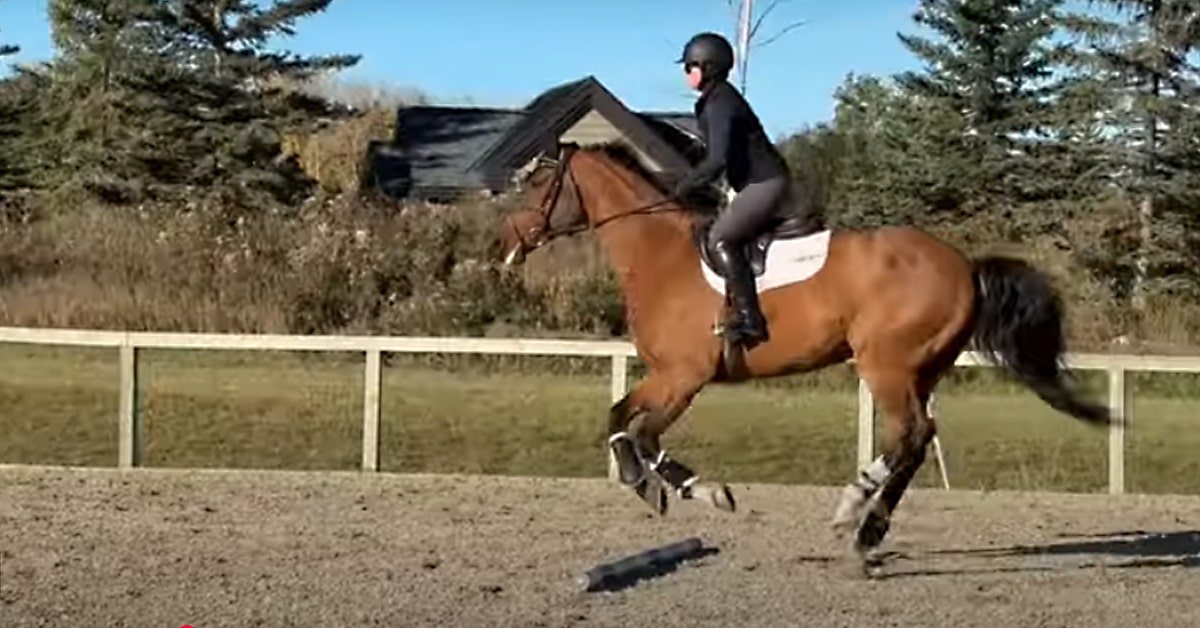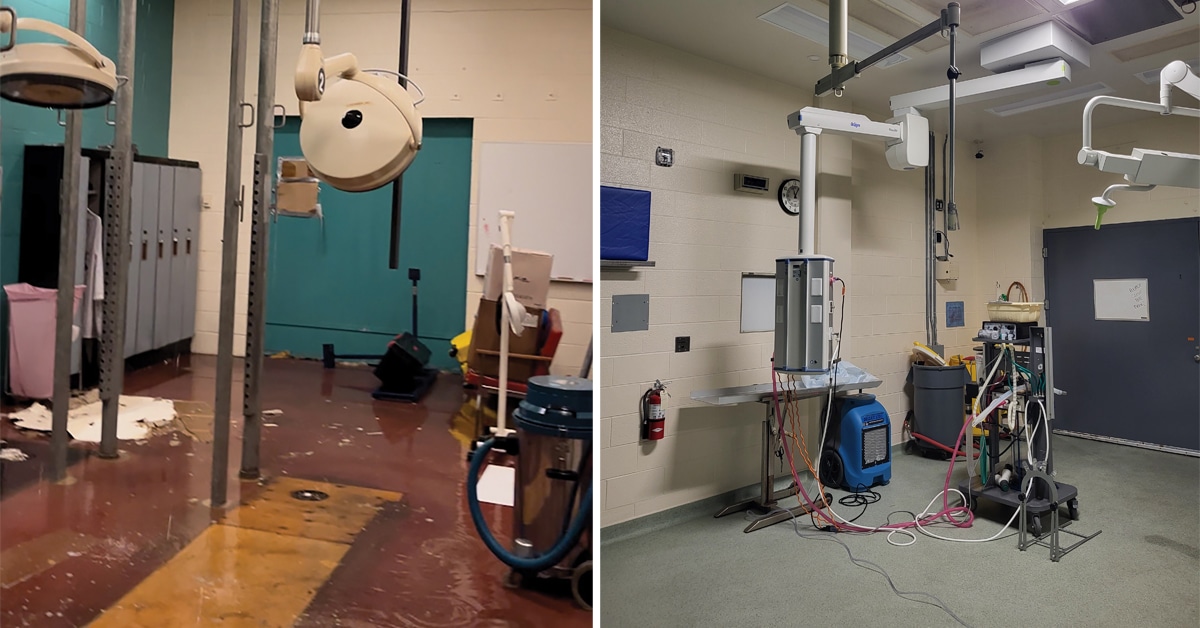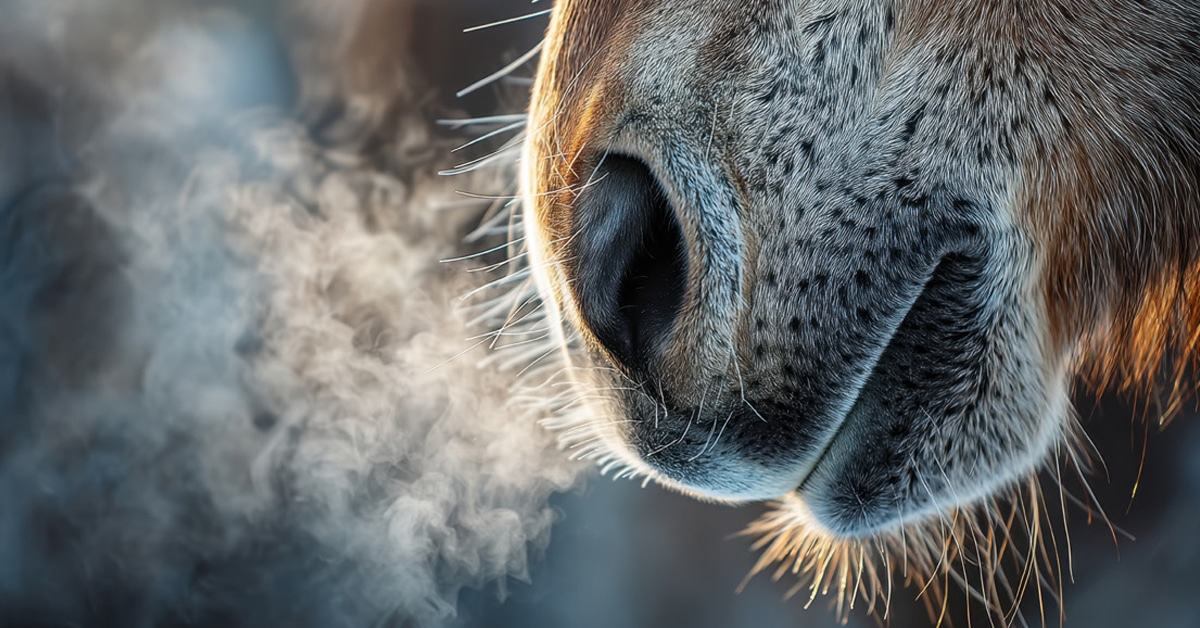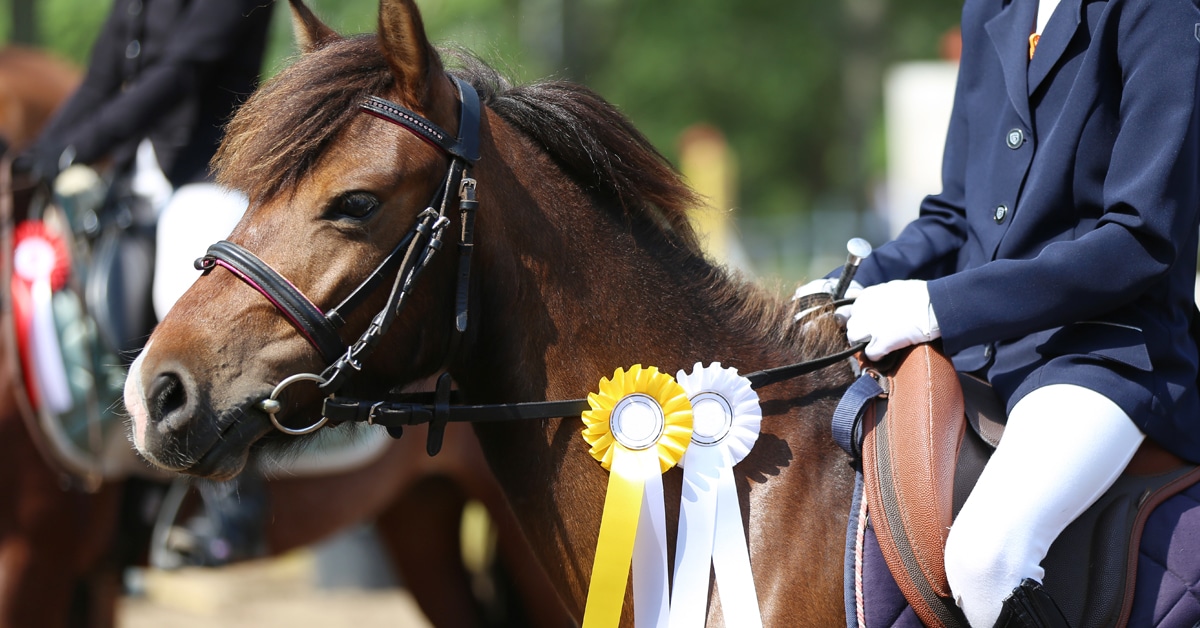Normal hind gut environment/function
Once you understand the basics of horse nutrition, the anatomy and function of their intestinal tract makes complete sense!
Horses are hind-gut fermenters, where they undergo the same process of mixing and fermenting their food (like a cow) but this process happens after the stomach and small intestine in caecum and the ~3m long large colon. Large/thick bands that run along the walls of the large colon contract to form ‘haustra’ or “houses” where intestinal contents are mixed and fermented. Two of the most important functions of mixing ingesta with microbes is the absorption of water/electrolytes and the production of short chain fatty acids (or volatile fatty acids) which the horse uses for energy.

The combined stresses of training, management, competing and transport can contribute to colonic ulcers and lead to changes in attitude and performance. (TheOtherKev/Pixabay)
Fermentation and absorption is aided by a diverse population of microbes (‘good bacteria’) and a ‘folded’ mucosal layer that is regenerated every week by local stem cells. The wall of the large colon is guarded by a series of different cells that control what is and is not allowed to cross from the intestinal tract into the body. A healthy intestinal wall is impermeable to toxins and disease-causing agents. When the barrier becomes damaged or compromised at any point along the intestinal tract, harmful substances gain access across the intestinal barrier and can cause both local and systemic (whole horse) disease.
When it all goes wrong
Colonic ulceration is estimated to occur in 65% of sport horses. Similar to stomach ulcers, symptoms of colon ulcers may be vague. Owners/riders will often notice a change in attitude, reduced performance, dull coat, weight/top line loss and/or intermittent soft manure or “squirty” bum where some horses have a liquid component that follows passing otherwise normal manure.
Risk factors are similar for both stomach and colon ulcers with stress (environment, training/management, transport), nutrition (hind gut acidosis) and NSAIDs being at the top of the list. Hind gut acidosis is a major contributor to colonic ulceration in our population of equine athletes. Most often this is caused by a “spill over” of carbohydrate from the stomach/small intestine that is rapidly fermented by the microbes of the hind gut. This rapid fermentation releases lactic acid which reduces the colon pH and alters the microbe population as well as the healthy mucosa of the intestine. These horses often have frequent low-grade colic issues that are never well explained.
In severe cases, hind-gut acidosis can lead to laminitis, colic, diarrhea and sepsis. In comparison, right dorsal colitis is a typically a sudden onset cause of colic that develops during or just after treatment with NSAIDs. Depending on the severity of damage the colic can be mild-moderate on the pain scale with no major findings on rectal examination.
Diagnosis of large colon ulcers (or chronic inflammation) starts very similarly to most veterinary investigations with a physical exam and history from the owner/rider. Depending on the severity of the ulcers or the length of time the horse has been dealing with them, there may or may not be abnormalities on basic blood work. Abdominal ultrasound is often the key to diagnosis as we can visualize the large colon wall at multiple points throughout the abdomen and take serial wall thickness measurements. Faecal occult blood tests have gained some popularity among horse owners, however, the accuracy of these tests can be questionable and so a diagnosis should never be made on this test result alone.
Treatment regimens
Treatment of large colon ulcers is a combination of medical therapies, nutritional changes and management. One of the primary initial goals is to reduce the workload for the colon by reducing hay consumption (long fibre) and supplementing with roughage chunks or chopped hay (short fibre) and a complete feed. Medication may be prescribed to aid in healing the ulceration/inflammation (i.e. sucralfate, misoprostol, psyllium).
Probiotics and prebiotics are frequently part of any GI patients treatment plan and are defined as:
Probiotic: living microorganisms that if supplemented in sufficient numbers can be beneficial to the patient (i.e. supplementing during times of stress, disease (diarrhea). Common probiotic strains for horses include: Lactobacillus, Enterococcus, Bifidobacterium and Streptococcus as well as the yeast ‘Saccharomyces’.
Prebiotic: a nondigestible food ingredient that stimulates growth of specific organisms. These products are able to survive the enzymes of the stomach/small intestine in order to be fermented in the hind-gut. For example, psyllium is able to pass through the upper GI tract to the large colon where it is converted to butyrate – a short chain fatty acid (SCFA) that appears to be anti-inflammatory to the colon cells.
Current research is looking at anti-inflammatory and ‘healing’ properties of short chain fatty acid supplementation fed as ‘prebiotics’ as well as amino acids and zinc supplementation. There was a recent human study that evaluated Crohn’s disease patients with and without zinc supplementation. The group receiving the zinc supplementation demonstrated improved intestinal barrier function (less “leaky gut”).
Many of the current human/rodent studies have yet to be evaluated thoroughly in horses, however, it does indicate where the fields of nutrition and internal medicine may meet for the betterment of the horse!
*****
For more information on equine GI health and colic prevention, check out the next Gut Health and Colic Prevention offering by TheHorsePortal.ca, currently scheduled for the winter of 2021.
The Latest


